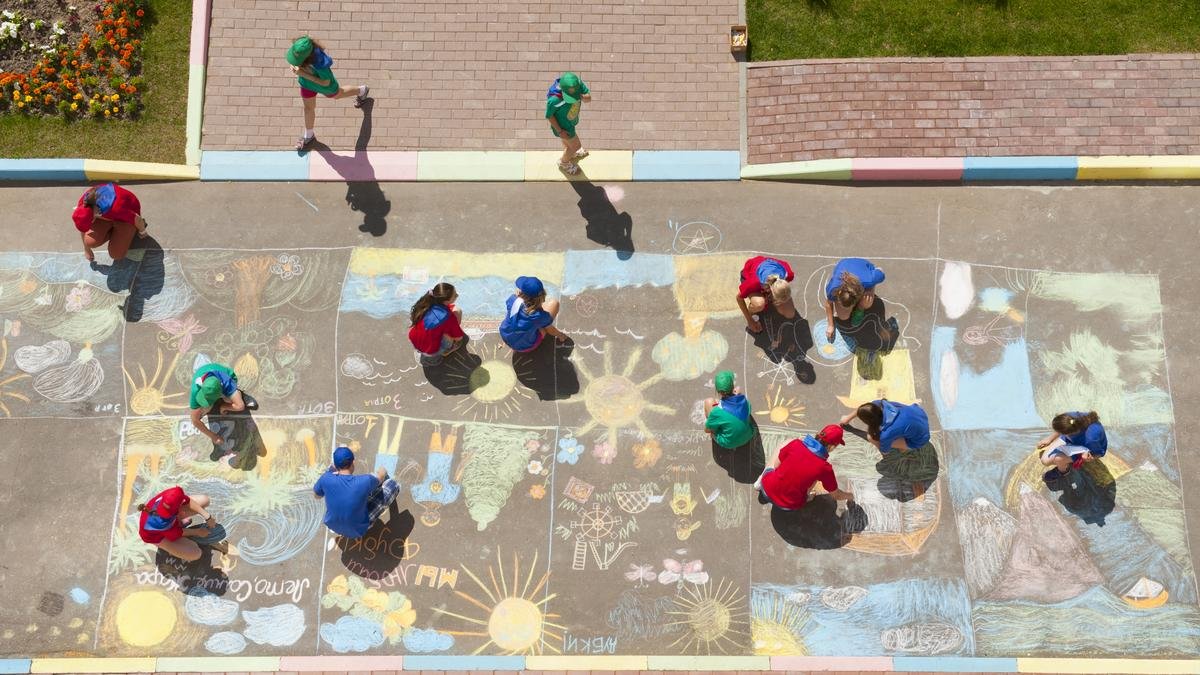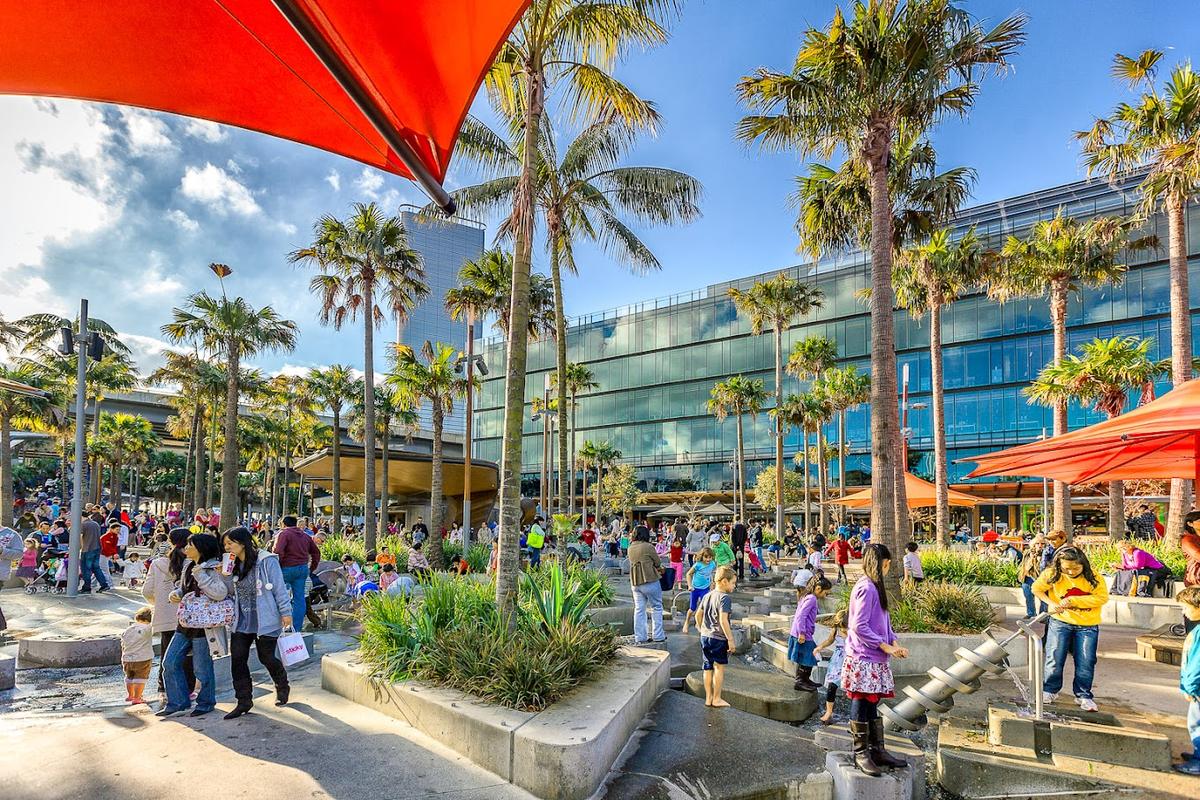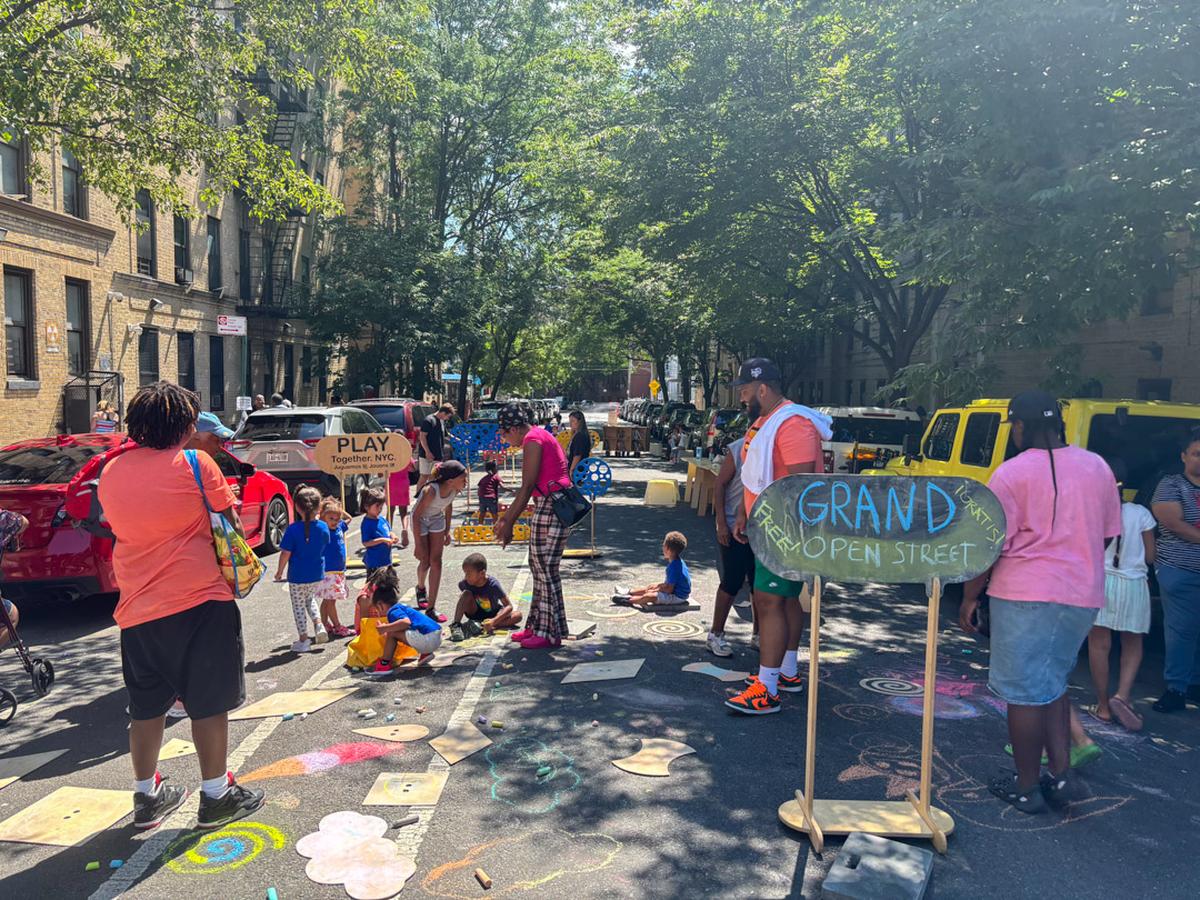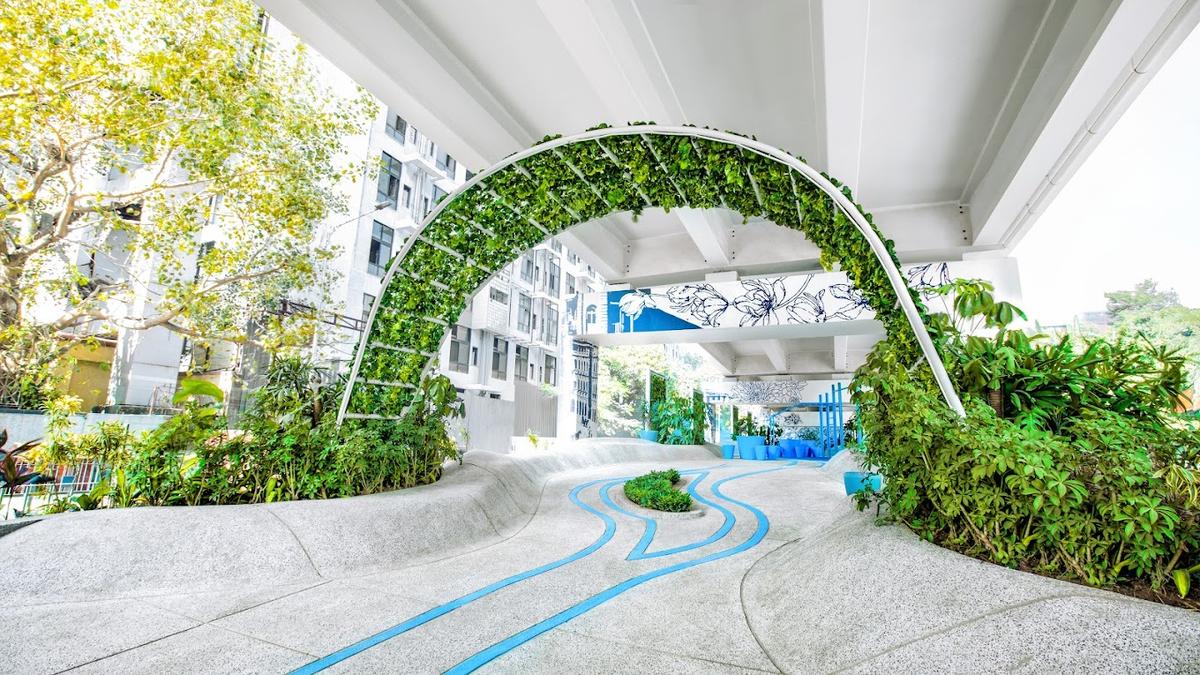
As global urbanisation accelerates, the imperative to prioritise urban design that accommodates diverse demographics becomes increasingly clear. Among these demographic groups, the youngest members of society — children — are mostly left out in urban planning discussions. Urban spaces profoundly influence children’s development and well-being, necessitating a heightened focus on child-friendly cities globally. Much more than merely passive occupants of urban environments, children are competent actors who must be provided with settings that engender playfulness, discovery, and learning. Beyond having playgrounds supplied, the value of child-friendly urban planning also seeks to bring about settings fostering young residents’ social, mental, and bodily growth.
UNICEF reports underscore the manifold benefits of investing in child-friendly urban design, ranging from enhanced public health outcomes to stronger social bonds, and an overall elevation in the quality of life for all urban residents. Cities across the globe are increasingly acknowledging the significance of designing environments that respond to the unique needs of children, offering them opportunities for secure, stimulating, and educational experiences. By concentrating on the integrated development of children, these cities demonstrate how a lively and cheerful urban environment can be attained.
Designing cities with children’s needs in mind transcends aesthetics and functionality. It plays a crucial role in encouraging inclusive, sustainable, and resilient urban development that caters to future generations. The imperative to create cities attuned to children’s needs transcends mere urban aesthetics, bearing profound implications for the inclusive, sustainable, and resilient development of urban environments across generations.
Cities can create unifying and engaging urban landscapes for people of all ages by drawing inspiration from examples like Sydney’s Darling Quarter, where a sizeable immersive playground serves as the centrepiece of a vibrant commercial precinct. Here are some strategies for making cities more accessible, engaging, and inclusive for the younger generation.

Darling Quarter, Sydney
| Photo Credit:
Special arrangement
Universal accessibility
In fostering child-friendly urban environments, prioritising walkability and universal accessibility emerges as paramount. Open spaces facilitating exploration and effortless mobility play a pivotal role in nurturing environments where children can move freely and safely.
New York City’s Play Streets initiative transforms roads into temporary play areas, offering children safe recreational spaces while reducing traffic-related injuries. Evaluations conducted by the NYC Health Department and Department of Transportation have demonstrated a significant increase in children’s physical activity in these areas.

Play Streets, New York
Themed open spaces
Well-designed public spaces inspire imagination and play. Unlike conventional playgrounds, themed areas invite children to explore, learn, and connect. Catalytic Action, a non-profit design studio, has reimagined public spaces in Lebanon, transforming them into vibrant, accessible play zones shaped by children’s input.
Integrating themed areas and innovative play structures into public spaces, especially school grounds, helps enhance students’ experiences beyond the classroom.
Recognising the central influence of parents in defining children’s experiences, cities must prioritise infrastructure conducive to family engagement. In addition to being functional, urban environments need to be designed to enable shared activities between families. Comfortable public spaces equipped with ergonomic seating, shaded alcoves, and accessible amenities encourage parents and children to interact meaningfully with each other and with their surroundings.
Chicago’s Maggie Daley Park, a 27-acre green space built atop a parking garage, exemplifies this philosophy. Located on Chicago’s lakefront, the park offers a diverse range of amenities for both children and adults. Drawing on the community’s input, the park’s design features diverse play areas, skating ribbons, picnic groves, and gardens, ensuring year-round enjoyment for families. This inclusive approach has made Maggie Daley Park an integral part of the city’s landscape.
Maggie Daley Park, Chicago
| Photo Credit:
Wiki Commons
By recognising the symbiotic relationship between urban infrastructure and familial well-being, cities can elevate the quality of life for their residents. Creating spaces that foster familial gatherings and interactions strengthens the social fabric of communities and promotes holistic development and cohesion in urban societies.
Urban design for play
Incorporating play-centric urban design within city centres is key to nurturing children’s sense of belonging and happiness. Mixed-use districts that integrate business, housing, and recreation options provide spaces where children can find play opportunities. Copenhagen’s street-level sidewalk trampolines demonstrate how surrounding environments can contribute to delight and physical activity regardless of age.
Moving beyond traditional playgrounds, interactive spaces like water parks and adventure zones heighten children’s excitement and engagement. Utilising open spaces and designing them for children — such as museums, libraries, and theatres — enhances urban landscapes, providing an additional layer of interactive play that encourages learning and cultural exploration. By strategically integrating play and cultural elements, cities can cultivate dynamic, inclusive environments that inspire creativity, exploration, and lifelong learning among young residents.
Meanwhile in Mumbai

One Green Mile, Mumbai
| Photo Credit:
Special arrangement
One Green Mile by Studio POD and MVRDV breaks the mould of conventional public spaces by transforming a concretised negative space under a long stretch of a flyover in Mumbai’s financial district into a dynamic, community-centric environment. Designed as a ‘Complete Street’, the project reimagines an underutilised urban corridor into an accessible, pedestrian-friendly recreation space with themed zones, a study centre, and flexible play areas.
A joyful city emerges from a design philosophy that focuses on the comprehensive development of children in the public realm. It is a well-planned and inclusive city that aims to increase social and cultural interactions, creating a lively and inclusive urban space. It goes beyond playgrounds, focusing on the development of spaces that encourage children’s physical well-being, intellectual development, and exposure to daily opportunities. Various urban initiatives offer valuable insights into transforming city spaces to centre around children’s needs, ensuring that our cities become not just functional but also enriching and inclusive for all.
The way we design our cities today will define the consciousness and well-being of future generations. As we shape the future of our urban landscapes, we must create inclusive, joyful communities. By creating environments that empower and inspire children, we set in motion a ripple effect — stronger communities, more compassionate cities, and, ultimately, a nation built on the values of inclusivity, awareness, and collective progress.
The writers are partners of Vijay Gupta Architects.
Published – April 19, 2025 05:55 am IST




